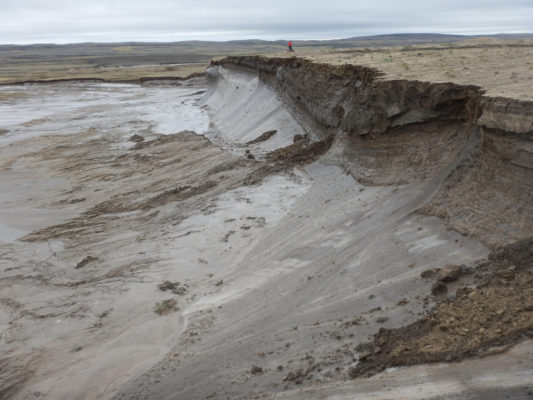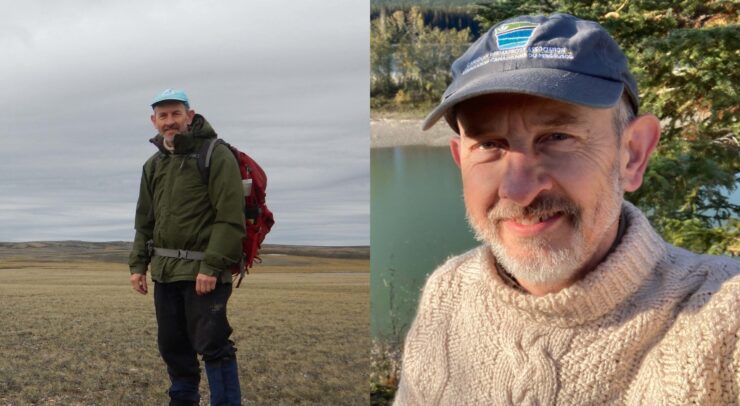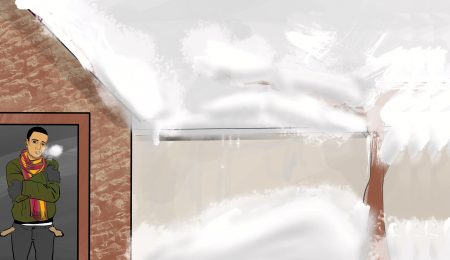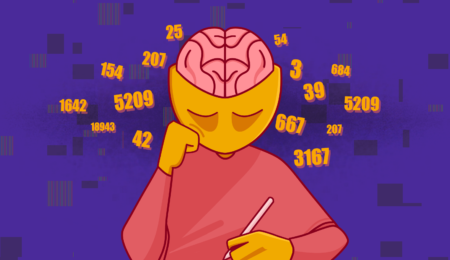SNOW SCIENCE
Although it’s cold here in Ottawa, the average annual temperature in Canada continues to rise.
Antoni G. Lewkowicz, a professor in the department of geography at the University of Ottawa, says “climate warming does not mean that every temperature is going to be warmer; extremes are going to increase.”
His study titled “Extremes of summer climate trigger thousands of thermokarst landslides in a High Arctic environment,” which he co-wrote with Robert Way, a professor in the department of geography at Queen’s University, found that retrogressive thaw slumps (RTS) occurring in the arctic are largely at the mercy of changing summer climates.
What are retrogressive thaw slumps and how do they form?

RTS are large pits of land that begin initially because of thawing permafrost — soil or rock below the ground surface that stays below zero degrees celsius for at least two years — and melting, but which continue to grow through time.
“[RTS] start in a particular summer, and then the ice gradually melts and undermines the headwall, and we get more material falling in that keeps going on year after year as long as the conditions are right for it to happen,” said Lewkowicz.
He continued, “permafrost is thawing because the climate is getting warmer. At the base of it, permafrost is a climatic phenomenon. We don’t have permafrost in Ottawa because the climate is too hot. The coldest permafrost in the world is in Antarctica, where the climate is the coldest in the world.”
Research methods
Lewkowicz and Way conducted their research by use of the Google Earth Engine’s timelapse feature, which allows for users to see changes in land that have occurred over the course of 37 years.
Lewkowicz said that “because [RTS] grow through time, [through this software] you can spot them; they look like something moving.” He continued, saying that “[Google Earth Engine’s timelapse feature] is like a time-lapse movie of the earth since 1984.”
In the early ’80s, when Lewkowicz was first studying these features, there were approximately 60 RTS on Banks Island; they were not that common then, and for the next 20 years this was still the case. When 1998 came — a very warm summer in the western Arctic — over 1000 RTS were subsequently triggered.
What were the results?
“In 2000—2010, 2011 and 2012 — we had a series of warm summers that triggered another several-thousand [RTS],” said Lewkowicz, “We went from, in the ‘80s, having maybe 60 [RTS] active to more than 4,000 active on Banks Island.”
“We think there could be in the future, as the climate warms more, as many as 20,000-30,000 active [RTS] on Banks Island at one time. And it’s not just Banks Island: since [studying RTS occurrences on Banks Island] I’ve done some other work … [a]nd we can see there are other areas of the western Arctic which are being similarly affected.”
What are the effects of thawing permafrost?
According to Lewkowicz, permafrost may contain large amounts of carbon made up of dead plants and animals. Once thawed, the organic material begins to decay, producing greenhouse gasses (methane and carbon dioxide) which perpetuate the progressive warming of the climate. This is known as a positive feedback loop.
Additionally, the number of wildfires in Canada has also increased, leading to further thawing of permafrost. Factors like wildfires and decomposing organic materials hidden in permafrost are not only difficult to predict and account for in global climate agreements, but are generally not taken into account in models meant to prevent further global climate change.
What are the solutions?
“I think that the individual can only do so much, and that we need policy as well,” said Lewkowicz, when asked whether it should be up to an individual’s choices or global policy change in order to fight against climate change.
He continued, “I think that there is some hope, because policies really can influence behaviour. We are perhaps even seeing that today in Canada because we have a carbon tax on gasoline, and it’s more likely that somebody [will be] on the verge of saying ‘when I buy my next vehicle, which I’m going to keep for 10 years, is it going to be an internal combustion or electric car?”
“One of the things about climate change that we’ve been hearing a lot about is that the current extremes will become more common, and extremes that we’ve never seen before will start occurring. We’ve seen that in the floods that happened in British Columbia in the late summer and fall and in the number of forest fires,” said Lewkowicz.
Despite this, Lewkowicz believes there is still hope. Continued progression toward renewable energy sources (wind and solar) and developments in energy storage technology are great indicators for our future.
For Canada, “[these threats] are decades down the line, while the Arctic is already showing impacts as well as other areas of Canada, at this point, it is still a resilient ecosystem.”





